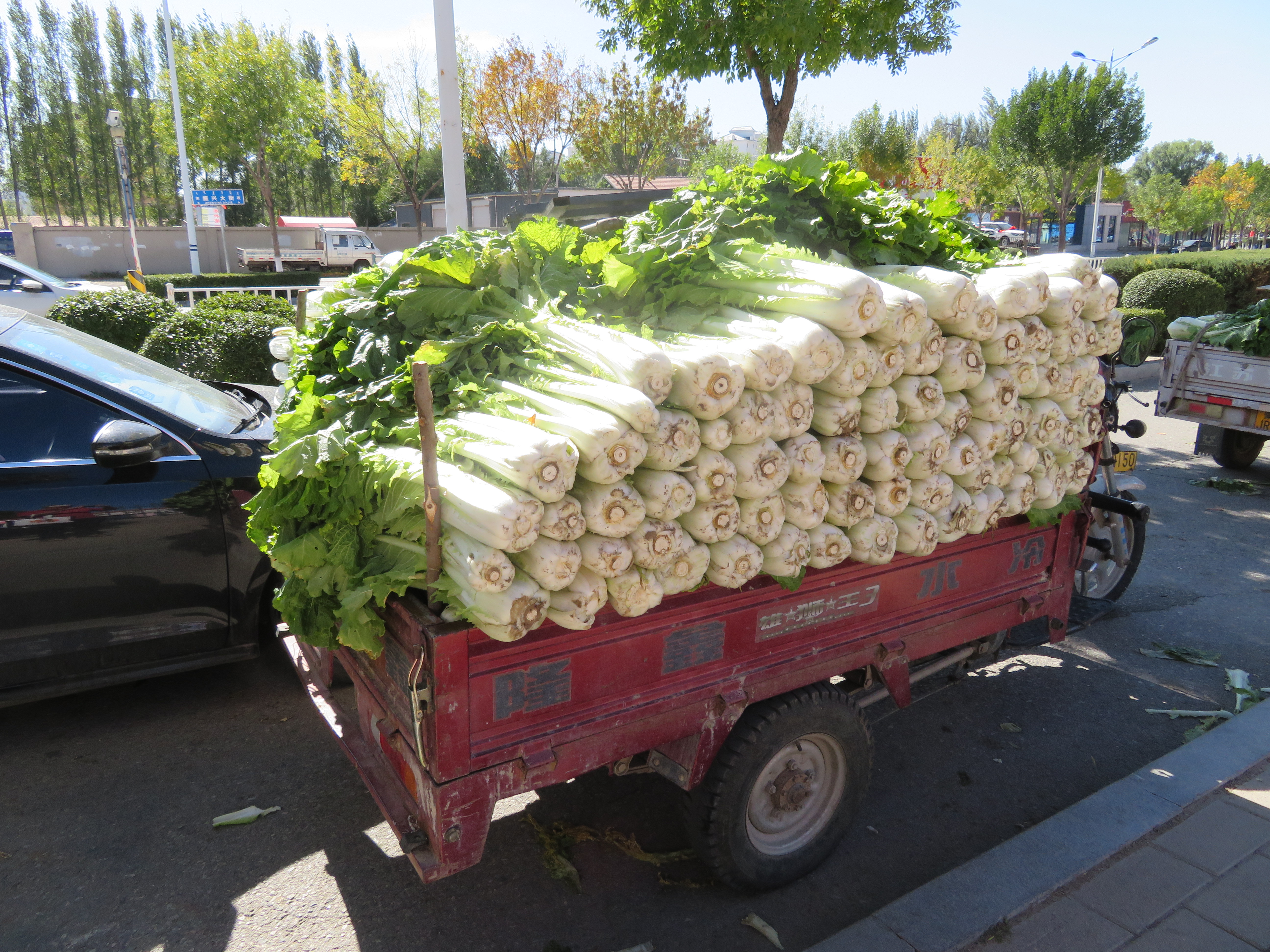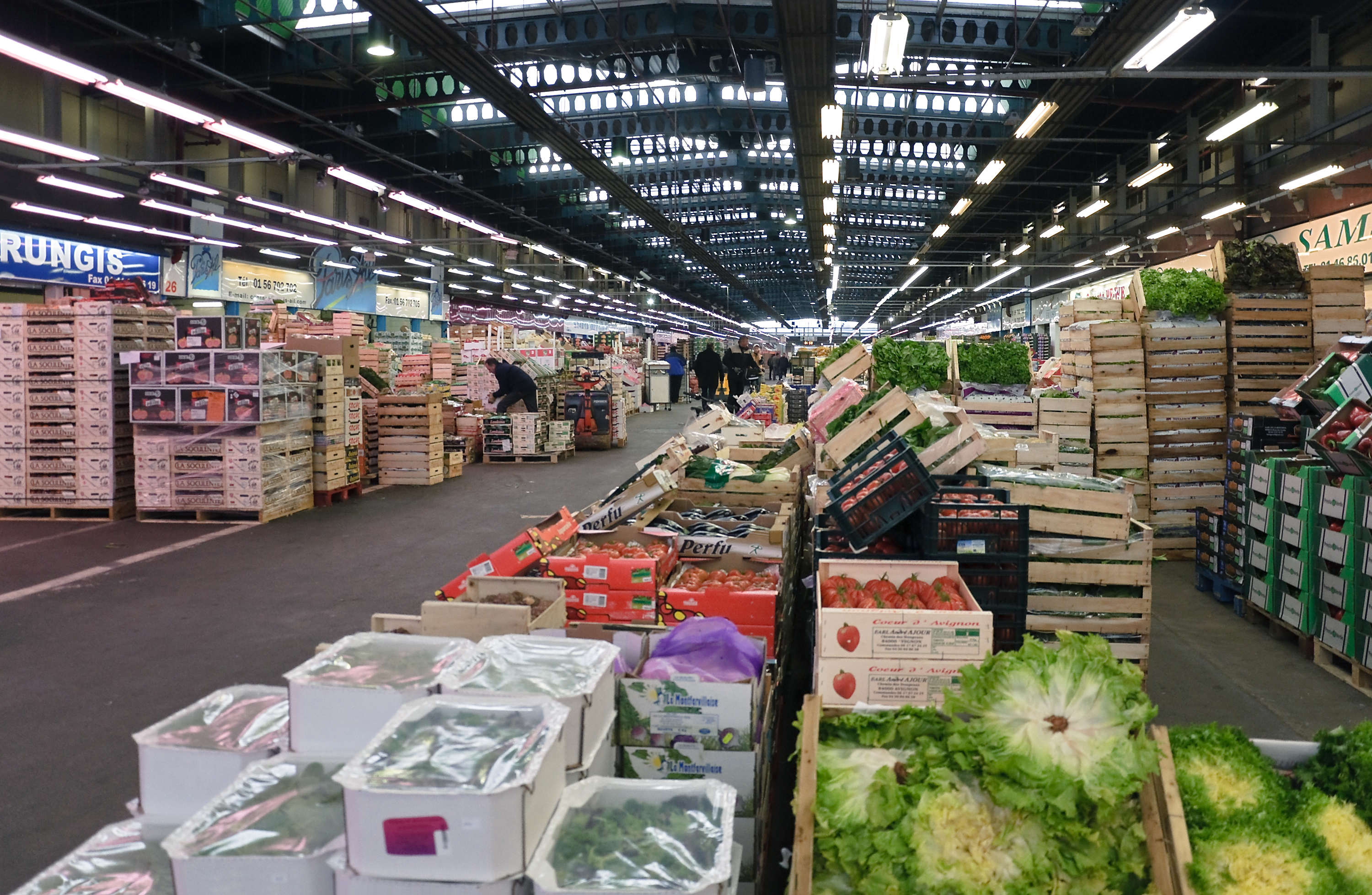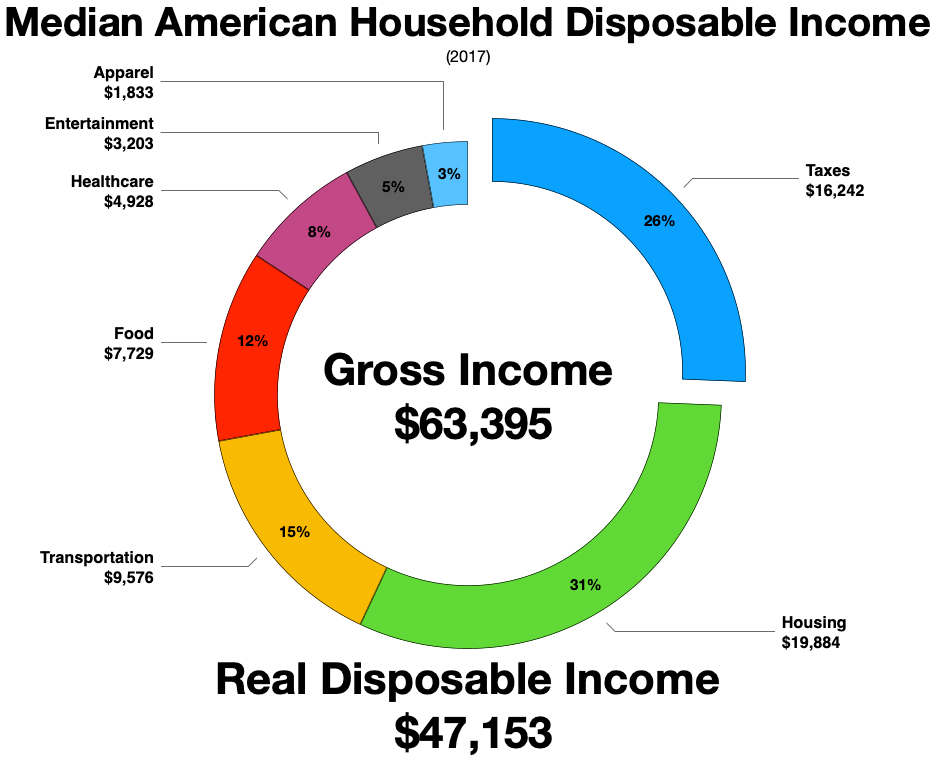|
Lindong
Lindong () is a town in the Balin Left Banner, Chifeng, within the Inner Mongolia Autonomous Region of the People's Republic of China. The town has an area of , and a population of 68,000, according to a 2020 publication by the Balin Left Banner government. The town serves as the administrative seat of the Balin Left Banner. Geography Lindong lies adjacent to Balin Left Banner's urban core. Large swathes of the town are forests and grasslands. Climate The town has a continental climate, experiencing an average of 3,000 hours of sunshine annually, to of precipitation annually, and 120 to 130 frost-free days annually. Administrative divisions Lindong is divided into 33 administrative villages (). The town also hosts 125 natural villages (), which lack jurisdictional authority, and belong to the town's administrative villages. The towns administrative villages are as follows: * Suobuliga Village () * Fushandi Village () * Daxinzhuang Village () * Xinglongdi Village () ... [...More Info...] [...Related Items...] OR: [Wikipedia] [Google] [Baidu] |
Bairin Left Banner
Baarin Left Banner ( Mongolian: ''Baɣarin Jegün qosiɣu''; ), or Bairin, is a banner of eastern Inner Mongolia, China, under the administration of the prefecture-level city of Chifeng. The banner spans an area of 6,644 square kilometers, and as of 2018, has a population of 340,020. Baarin Mongols live here. The distinct Mongolian dialect of this region is called Baarin. It is located at the intersection of two national highways: China National Highway 303 and 305. History Balin Left Banner has a long history, with archaeological digs dating to the 40th Century BC. Archaeological relics uncovered in the banner are believed to include those of the Hongshan culture and the Fuhe culture. Around the time China was undergoing the Warring States period, the area of Bairin Left Banner was home to the Shanrong and Donghu people. Later, the area would be home to the Wuhuan and the Xianbei. During the first few centuries of the Common Era, the area was home to the Khitan people ... [...More Info...] [...Related Items...] OR: [Wikipedia] [Google] [Baidu] |
Town (China)
When referring to political divisions of China, town is the standard English translation of the Chinese (traditional: ; ). The Constitution of the People's Republic of China classifies towns as third-level administrative units, along with for example townships (). A township is typically smaller in population and more remote than a town. Similarly to a higher-level administrative units, the borders of a town would typically include an urban core (a small town with the population on the order of 10,000 people), as well as rural area with some villages (, or ). Map representation A typical provincial map would merely show a town as a circle centered at its urban area and labeled with its name, while a more detailed one (e.g., a map of a single county-level division) would also show the borders dividing the county or county-level city into towns () and/or township () and subdistrict (街道) units. The town in which the county level government, and usually the division's mai ... [...More Info...] [...Related Items...] OR: [Wikipedia] [Google] [Baidu] |
Villages Of China
Villages (), formally village-level divisions () in China, serve as a fundamental organizational unit for its rural population (census, mail system). Basic local divisions like neighborhoods and communities are not informal, but have defined boundaries and designated heads (one per area). In 2000, China's densely populated villages (>100 persons/square km) had a population greater than 500 million and covered more than 2 million square kilometers, or more than 20% of China's total area. By 2020, all incorporated villages (with proper conditions making it possible) had road access, the last village to be connected being a remote village in Sichuan province's Butuo County. Types of villages Urban * Residential community () ** Residential committees () *** Residential groups ( ;Note: Urban village () one that spontaneously and naturally exists within urban area, which is not an administrative division. Rural * Administrative village or Village () * Gacha () only for Inner Mongo ... [...More Info...] [...Related Items...] OR: [Wikipedia] [Google] [Baidu] |
Khitan People
The Khitan people (Khitan small script: ; ) were a historical nomadic people from Northeast Asia who, from the 4th century, inhabited an area corresponding to parts of modern Mongolia, Northeast China and the Russian Far East. As a people descended from the proto-Mongols through the Xianbei, Khitans spoke the Khitan language, a Para-Mongolic language related to the Mongolic languages. During the Liao dynasty, they dominated a vast area of Siberia and Northern China. After the fall of the Liao dynasty in 1125 following the Jurchen invasion, many Khitans followed Yelü Dashi's group westward to establish the Qara Khitai or Western Liao dynasty, in Central Asia, which lasted nearly a century before falling to the Mongol Empire in 1218. Other regimes founded by the Khitans included the Northern Liao, Eastern Liao and Later Liao in China, as well as the Qutlugh-Khanid dynasty in Persia. Etymology There is no consensus on the etymology of the name of Khitan. There are basica ... [...More Info...] [...Related Items...] OR: [Wikipedia] [Google] [Baidu] |
Liao Dynasty
The Liao dynasty (; Khitan: ''Mos Jælud''; ), also known as the Khitan Empire (Khitan: ''Mos diau-d kitai huldʒi gur''), officially the Great Liao (), was an imperial dynasty of China that existed between 916 and 1125, ruled by the Yelü clan of the Khitan people. Founded around the time of the collapse of the Tang dynasty, at its greatest extent it ruled over Northeast China, the Mongolian Plateau, the northern part of the Korean Peninsula, southern portions of the Russian Far East, and the northern tip of the North China Plain. The dynasty had a history of territorial expansion. The most important early gains was the Sixteen Prefectures (including present-day Beijing and part of Hebei) by fueling a proxy war that led to the collapse of the Later Tang dynasty (923–936). In 1004, the Liao dynasty launched an imperial expedition against the Northern Song dynasty. After heavy fighting and large casualties between the two empires, both sides worked out the Chanyuan Trea ... [...More Info...] [...Related Items...] OR: [Wikipedia] [Google] [Baidu] |
Liao Shangjing 2017 Dashun Gate South Side Closeup
Liao may refer to: Chinese history * Liao (Zhou dynasty state) (蓼), two states in ancient China during the Spring and Autumn period in the 8th and 7th centuries BC * Liao of Wu (吳王僚) (died 515 BC), king of Wu during ancient China's Spring and Autumn period * Liao dynasty (遼朝) (916–1125), a dynasty of China ruled by the Khitan Yelü clan ** Northern Liao (北遼) (1122–1123), a regime in northern China ** Qara Khitai (西遼) (1124–1218), also called the "Western Liao", successor to the Liao dynasty in northwestern China and Central Asia ** Eastern Liao (東遼) (1213–1269), a regime in northeastern China ** Later Liao (後遼) (1216–1219), a regime in northeastern China Other uses * Liaoning, abbreviated as Liao (辽), a province of China * Liao (surname) (廖), a Chinese family name * Liao River The Liao River () is the principal river in southern Northeast China, and one of the seven main river systems in China. Its name derived from the Liao re ... [...More Info...] [...Related Items...] OR: [Wikipedia] [Google] [Baidu] |
Photovoltaic Power Station
A photovoltaic power station, also known as a solar park, solar farm, or solar power plant, is a large-scale grid-connected photovoltaic power system (PV system) designed for the supply of merchant power. They are different from most building-mounted and other decentralised solar power because they supply power at the utility level, rather than to a local user or users. The generic expression utility-scale solar is sometimes used to describe this type of project. The solar power source is solar panels that convert light directly to electricity. However, this differs from and should not be confused with concentrated solar power, the other major large-scale solar generation technology, which uses heat to drive a variety of conventional generator systems. Both approaches have their own advantages and disadvantages, but to date, for a variety of reasons, photovoltaic technology has seen much wider use. , about 97% of utility-scale solar power capacity was PV. In some countries, ... [...More Info...] [...Related Items...] OR: [Wikipedia] [Google] [Baidu] |
Wholesale Markets
The consumption and production of marketed food are spatially separated. Production is primarily in rural areas while consumption is mainly in urban areas. Agricultural marketing is the process that overcomes this separation, allowing produce to be moved from an area of surplus to one of need. Food reaches the consumer by a complex network, involving production, assembly, sorting, packing, reassembly, distribution and retail stages. In developing countries the linkage between the producer and the retailer is still usually provided by assembly and wholesale markets, where wholesale marketing takes place using a variety of transaction methods. Recent years have seen an expansion of wholesale marketing in European and former CIS countries. On the other hand, the growth of supermarkets in many regions has seen the development of direct marketing and a reduced role for wholesale systems. Types of wholesale market Wholesale markets can either be primary, or terminal, markets, situated ... [...More Info...] [...Related Items...] OR: [Wikipedia] [Google] [Baidu] |
Mu (unit Of Area)
Chinese units of measurement, known in Chinese as the ''shìzhì'' ("market system"), are the traditional units of measurement of the Han Chinese. Although Chinese numerals have been decimal (base-10) since the Shang, several Chinese measures use hexadecimal (base-16). Local applications have varied, but the Chinese dynasties usually proclaimed standard measurements and recorded their predecessor's systems in their histories. In the present day, the People's Republic of China maintains some customary units based upon the market units but standardized to round values in the metric system, for example the common ''jin'' or catty of exactly 500 g. The Chinese name for most metric units is based on that of the closest traditional unit; when confusion might arise, the word "market" (, ''shì'') is used to specify the traditional unit and "common" or "public" (, ''gōng'') is used for the metric value. Taiwan, like Korea, saw its traditional units standardized to Japanese values and ... [...More Info...] [...Related Items...] OR: [Wikipedia] [Google] [Baidu] |
Disposable Income
Disposable income is total personal income minus current income taxes. In national accounts definitions, personal income minus personal current taxes equals disposable personal income. Subtracting personal outlays (which includes the major category of personal r privateconsumption expenditure) yields personal (or, private) savings, hence the income left after paying away all the taxes is referred to as disposable income. Restated, consumption expenditure plus savings equals disposable income after accounting for transfers such as payments to children in school or elderly parents’ living and care arrangements. The marginal propensity to consume (MPC) is the fraction of a change in disposable income that is consumed. For example, if disposable income rises by $100, and $65 of that $100 is consumed, the MPC is 65%. Restated, the marginal propensity to save is 35%. For the purposes of calculating the amount of income subject to garnishments, United States' federal law defin ... [...More Info...] [...Related Items...] OR: [Wikipedia] [Google] [Baidu] |
Per Capita
''Per capita'' is a Latin phrase literally meaning "by heads" or "for each head", and idiomatically used to mean "per person". The term is used in a wide variety of social sciences and statistical research contexts, including government statistics, economic indicators, and built environment studies. It is commonly used in the field of statistics in place of saying "per person" (although ''per caput'' is the Latin for "per head"). It is also used in wills to indicate that each of the named beneficiaries should receive, by devise or bequest, equal shares of the estate. This is in contrast to a ''per stirpes'' division, in which each branch (Latin ''stirps'', plural ''stirpes'') of the inheriting family inherits an equal share of the estate. This is often used with the ‘2-0 rule’, a statistical principle that determines which group is larger per capita. Under the 2-0 rule, a group is the largest per capita if it has both the biggest total size and size of the group of the obje ... [...More Info...] [...Related Items...] OR: [Wikipedia] [Google] [Baidu] |
Truck Of Dabaicai In Lindong
A truck or lorry is a motor vehicle designed to transport cargo, carry specialized payloads, or perform other utilitarian work. Trucks vary greatly in size, power, and configuration, but the vast majority feature body-on-frame construction, with a cabin that is independent of the payload portion of the vehicle. Smaller varieties may be mechanically similar to some automobiles. Commercial trucks can be very large and powerful and may be configured to be mounted with specialized equipment, such as in the case of refuse trucks, fire trucks, concrete mixers, and suction excavators. In American English, a commercial vehicle without a trailer or other articulation is formally a "straight truck" while one designed specifically to pull a trailer is not a truck but a " tractor". The majority of trucks currently in use are still powered by diesel engines, although small- to medium-size trucks with gasoline engines exist in the US, Canada, and Mexico. The market-share of electr ... [...More Info...] [...Related Items...] OR: [Wikipedia] [Google] [Baidu] |









.jpg)